Imaging Projects
In this blog, I will share the results of all of my imaging projects. The newest will be at the top and the oldest will be further down the stack. Going back in time here is interesting - some of my early stuff was pretty rough - but I did not see it that way at the time - I was thrilled to get anything back that looked like an image! Hopefully, you will see how my work has progressed with time!
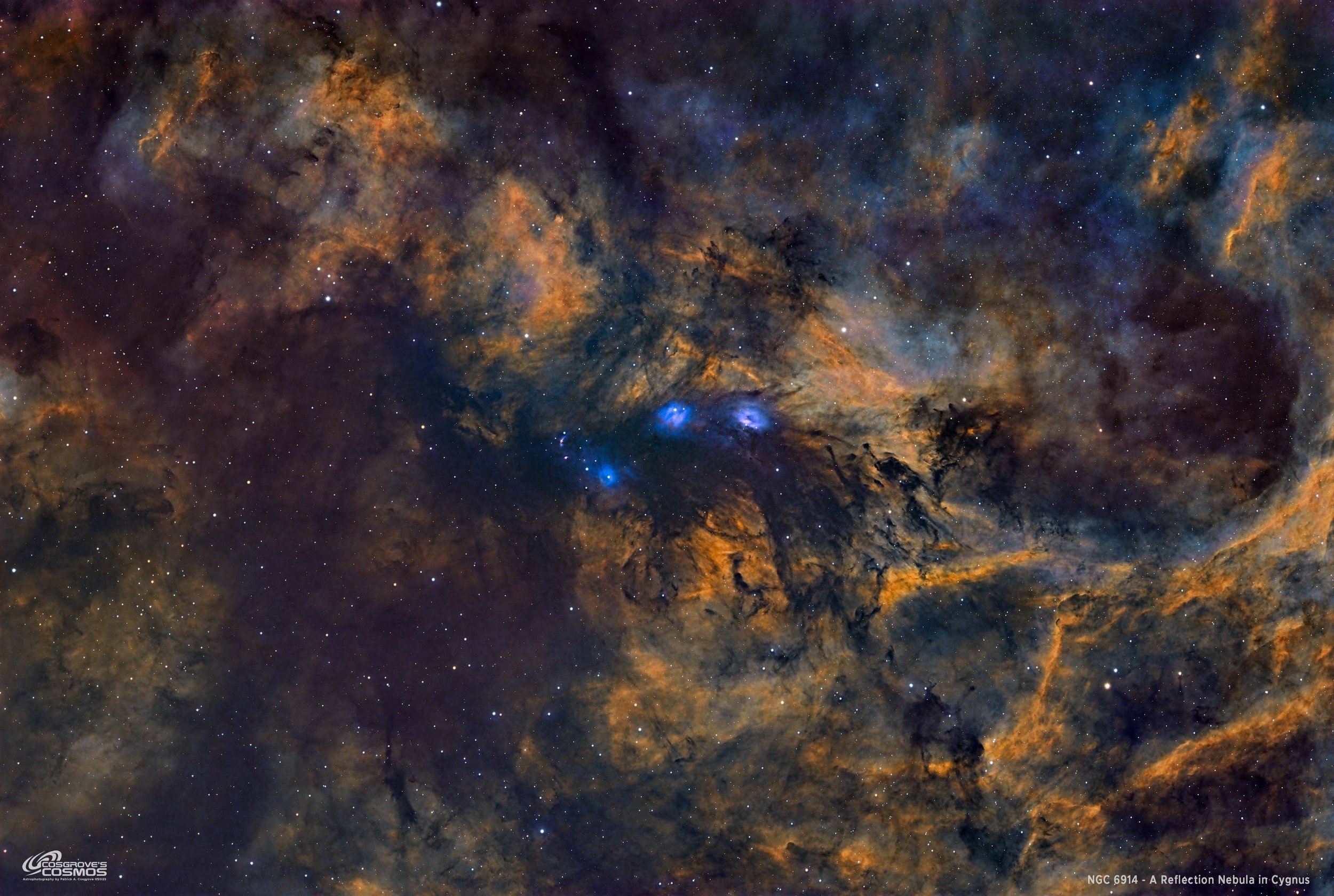
NGC 6914 - The Spider Nebula (my name!) - 14.5 Hours in SHOrgb
This is the second Imaging Project resulting from data collected during a recent - and very rare this year - clear string of nights!
This is NGC 6914 - a rich HII region located 6,000 light-years away in Cygnus. Typically shot in broadband RGB, decided to go after a narrowband version. This one resulted from 14.5 hours of SHOrgb data. The stars are broadband RGB, and the nebula is SHO Narrowband.
This object has no common name and I am proposing that we call it “The Spider Nebula!”
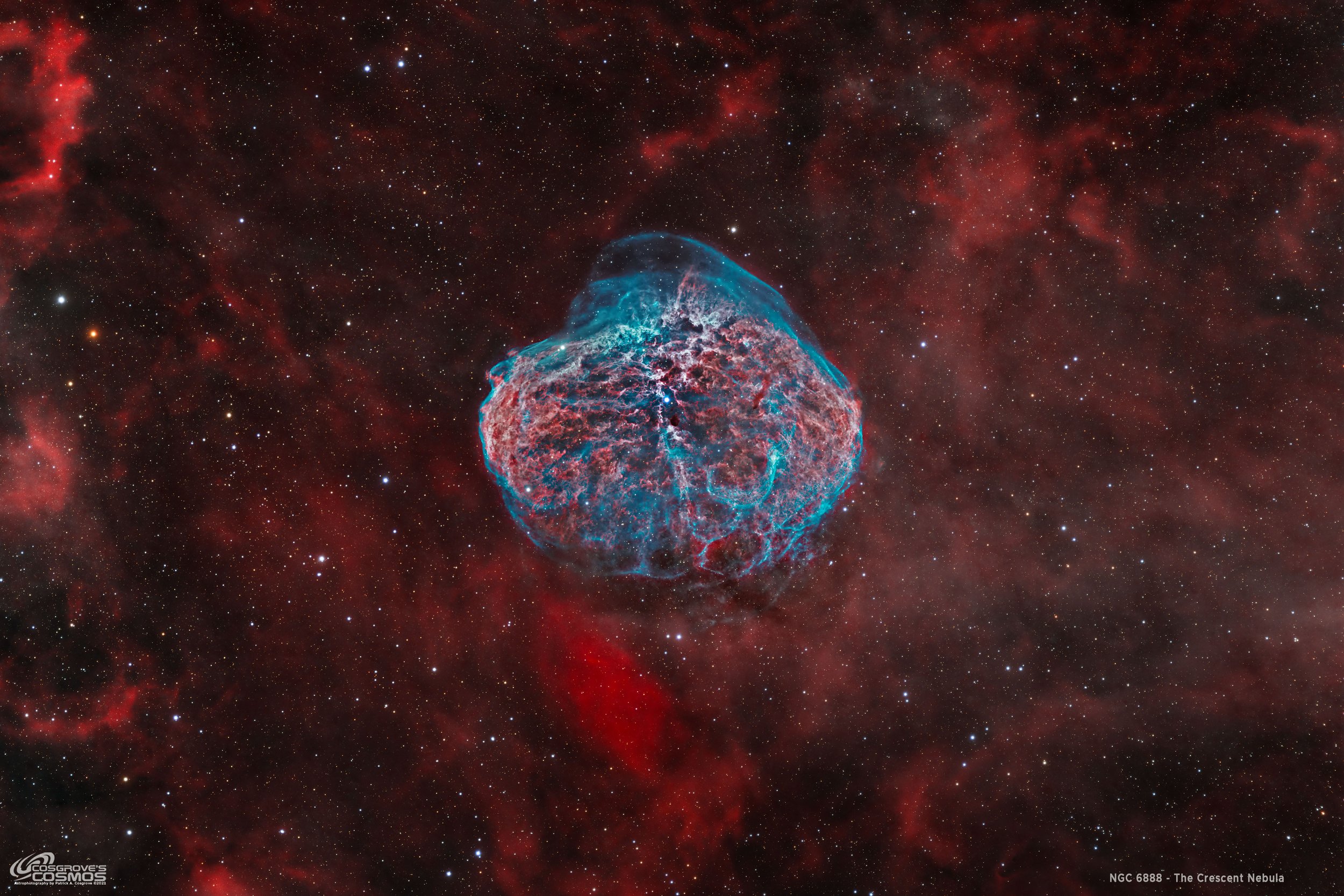
NGC 6888 - A Reprocess of The Crescent Nebula ~11 hours in HOOrgb
NGC 6888 - The Crescent Nebula is a famous emission nebula located in the constellation of Cygnus. This is a reprocessing project using image data first captured in September 2022.
SInce. I have no new data to process due to the wildfire smoke, I decided to use some new tools and processes to see if i could pull more details out from the O3 shell that surrounds the nebula.
THe resulting image show much more O3 detail - including some interesting convection cells towards the bottom of the nebula
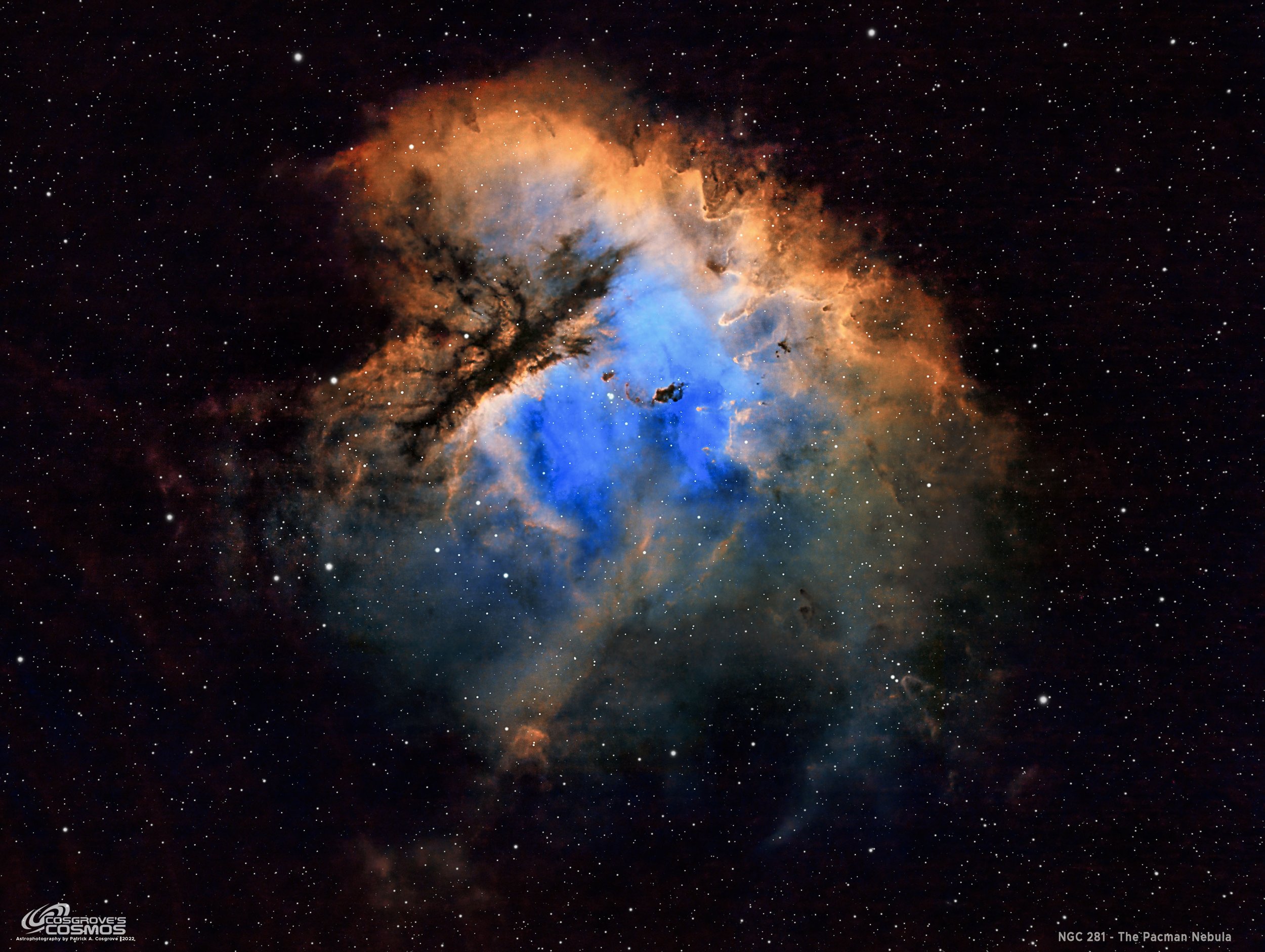
NGC 281 - The Pacman Nebula - 8 hours in SHO (Fighting a Strange Artifact!)
NGC 281, better known as the “Pacman” Nebula, is located 9,500 light-years away in the constellation of Cassiopea.
This was the second time I shot this target. This image is the result of 8 hours of narrowband data rendered in the Hubble SHO palette.
This data was collected on my Astro-Physics 130mm f/8.35 APO refractor, and a ZWO ASI2600MM-Pro camera - all mounted on my IOptron CEM 60 Mount.
This image suffered from a strange circular artifact that took the form of nested rings in the corner of the image. Dealing with this caused me to make my background sky a bit darker than I would have preferred, but I think the image has a certain amount of drama and pop because of it!
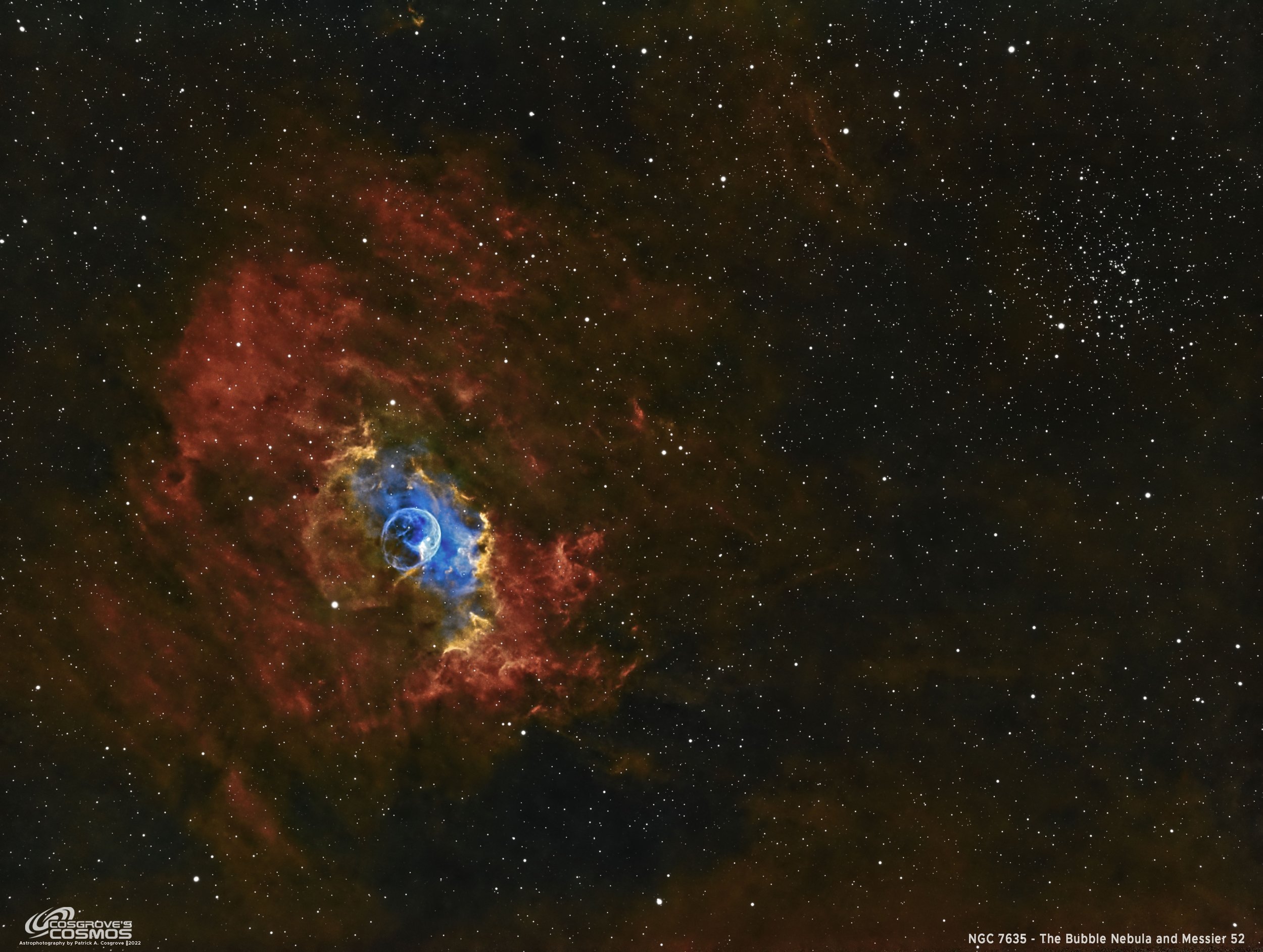
NGC 7635 - The Bubble Nebula w/M52 - 8.25 hours in SHO - Not Sure I Love it.
NGC 7635 - The Bubble Nebula with M52. 8.25 hours in SHO.
This image was shot on my William Optics 132mm FLT APO platform, using a ASI1600MM-Pro Camera and the IOptron CEM60 mount.
The original goal was to do a deeper integration of at least 15 hours - and while the weather would have supported this, I missed two clear nights due to illness.
This image has a very high color and contrast position - almost too high for me, but I disliked the lower contrast and saturation versions more - so this is it. I am not sure I love this image….
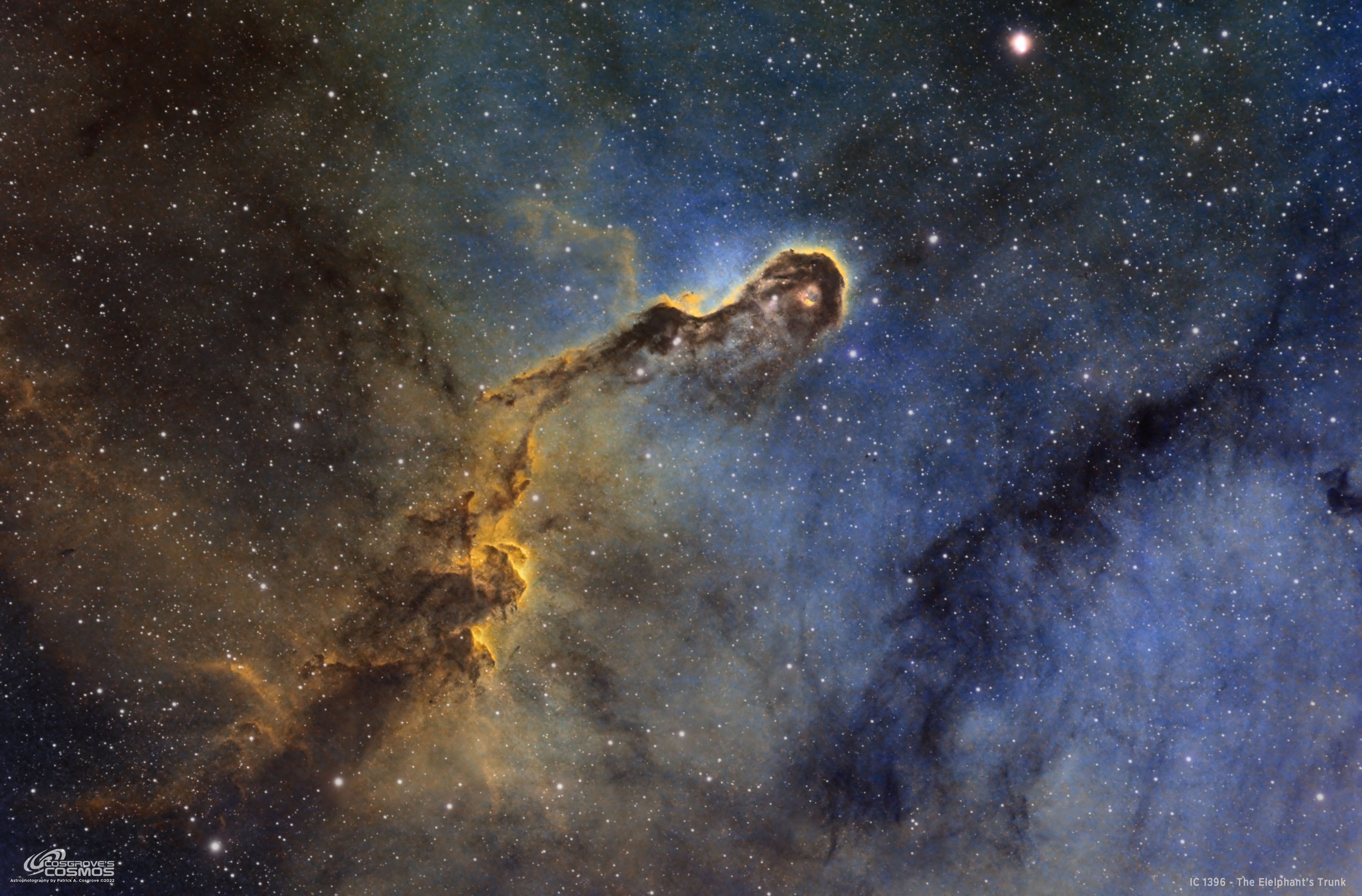
IC 1396A - The Elephant’s Trunk - 7.3 hrs in SHO (a Case of Virus Interuptus)
IC 1396A - The Elephants Trunk Nebula is located 2400 light-years away in the constellation of Cepheus. This is my fourth project involving this target - but the first where I used the newer generation ZWO ASI26MM-Pro camera and full narrowband data set at this image scale. My goal here was to collect about 15 hours on target. I only ended up getting 7.3 hours. My usual reason for missing my integration target is weather. Not this time. This time I was hit with a nasty virus and the worst cold of my life! I had to watch two precious clear nights slip away whilst I coughed and hacked away inside in misery….
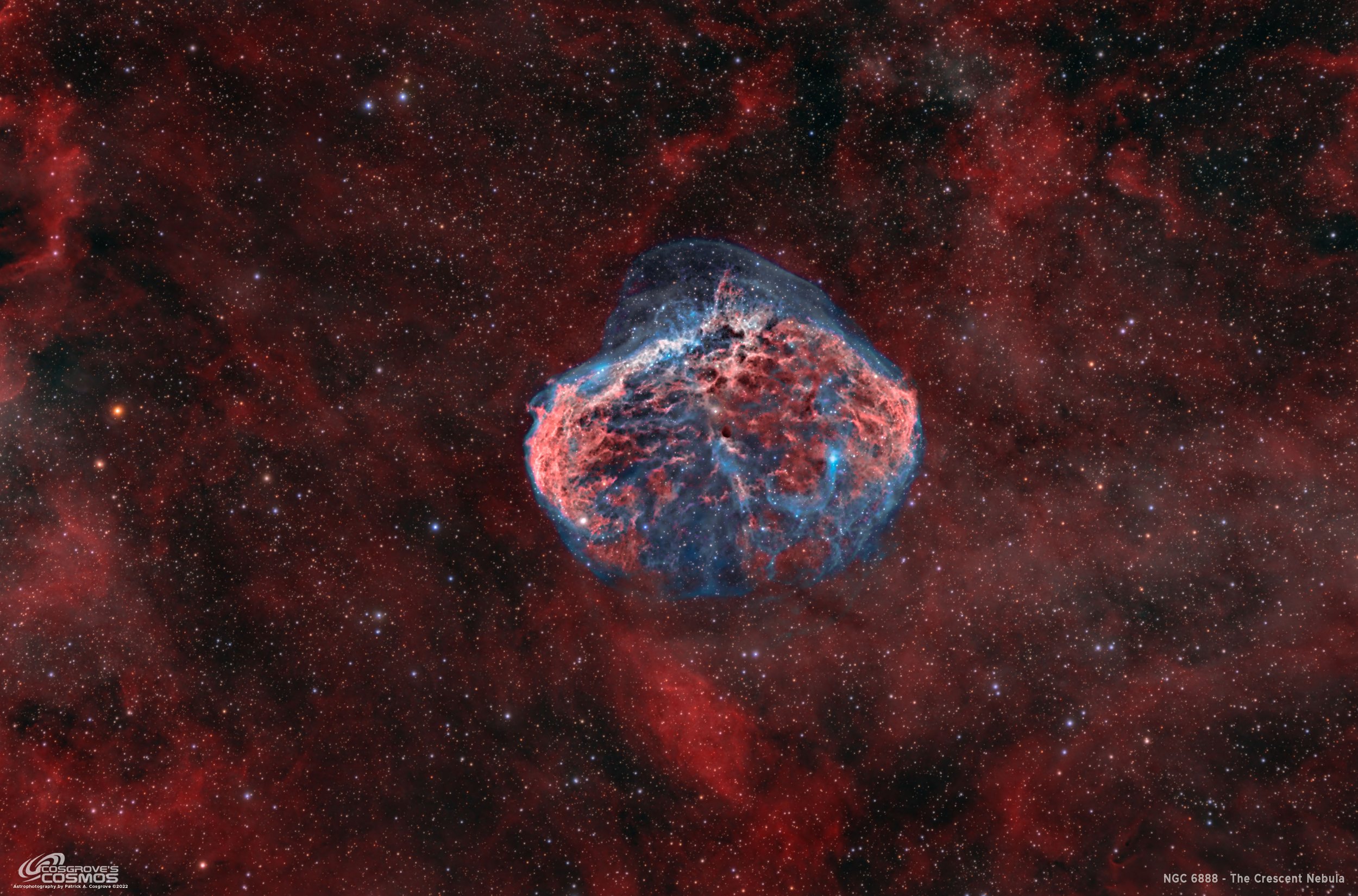
NGC 6888 - The Crescent Nebula - 12.9 hours in HOOrgb
NGC 6888 - The Crescent Nebula is a famous emission nebula located in the constellation of Cygnus. This is my third time imaging this target, and this is clearly my best take on it yet! This image is the result of 12.9 hours of narrowband and broadband integration - all shot on my Astro-Physics 130mm EDT and a ZWO ASI2600MM-Pro camera, I shot this as a bi-color HOO image an dused RGB data stars in it. Extensive use of starless processing was used to get this result. See more details in the posting.
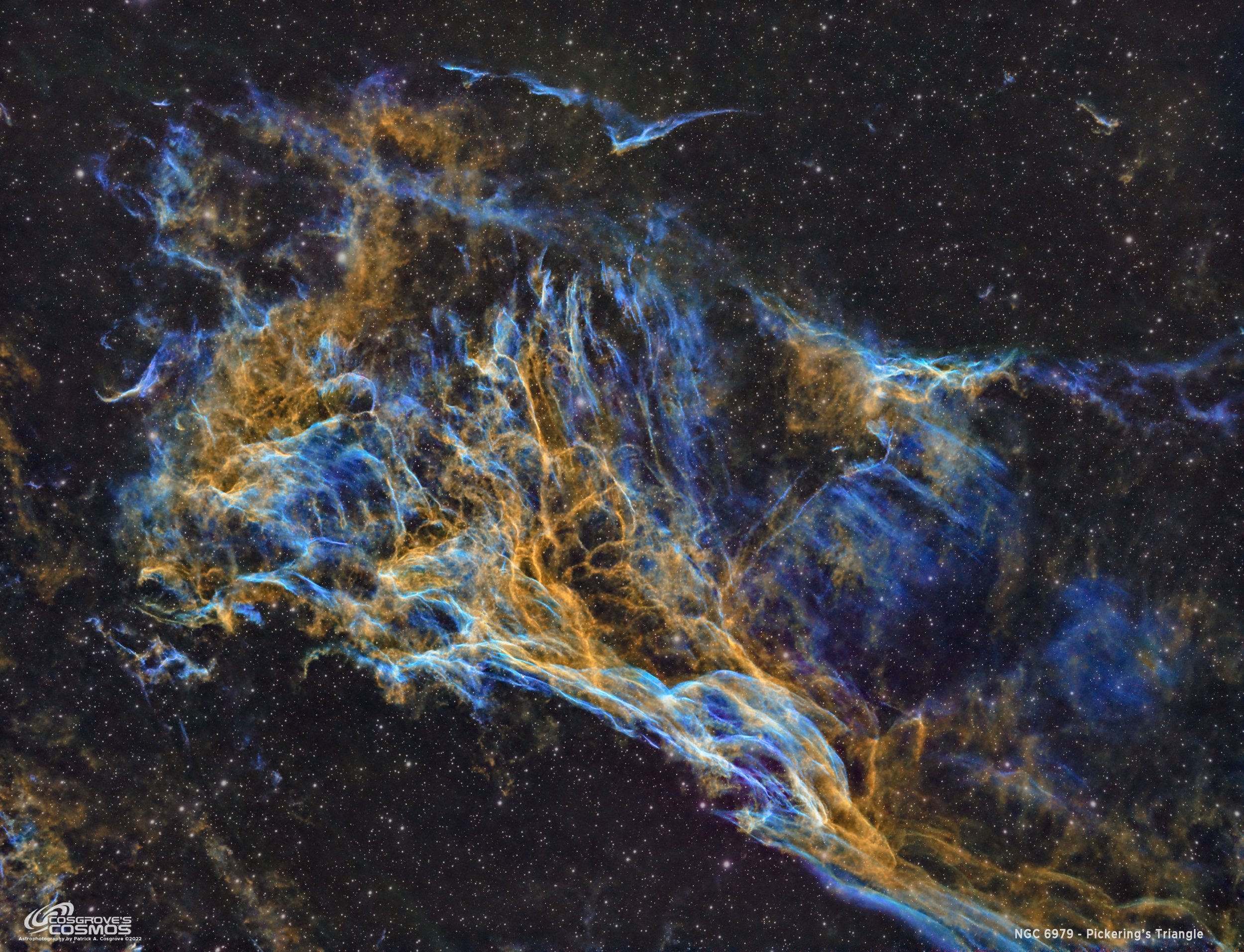
NGC 6979: Pickering’s Triangle ~ 12 hours in SHO
Pickering’s Triangle is a smaller and fainter section of the Cygnus Loop. While most portions of this supernova remnant have NGC catalog designations, Pickering's Triangle does not. It was discovered after the New General Catalog was published and thus missed out! Often NGC 6979 is used for this object but that is not technically correct. This image is the result of ~12 hours of narrowband exposure taken with my William Optics 132mm FLT APO Platform and rendered using the Hubble SHO palette.

NGC6995/IC1340 - The Bat Nebula! - 13.9 hours in SHO
The Bat Nebula is actually a small portion of the Eastern Veil Nebula, designated as either NGC6995 or IC 1340. This is a close-up of a fragment of a supernova remnant located 2400 light-years away in the constellation of Cygnus. This is a 13.9-hour integration in narrowband using my William Optics 132mm FLT APO scope and the ZWO ASI1600MM-Pro camera. The deep integration produced some wonderful data of a region of the sky that is both subtle and complex at the same time. Look at it in full resolution to experience this amazing part of the sky!
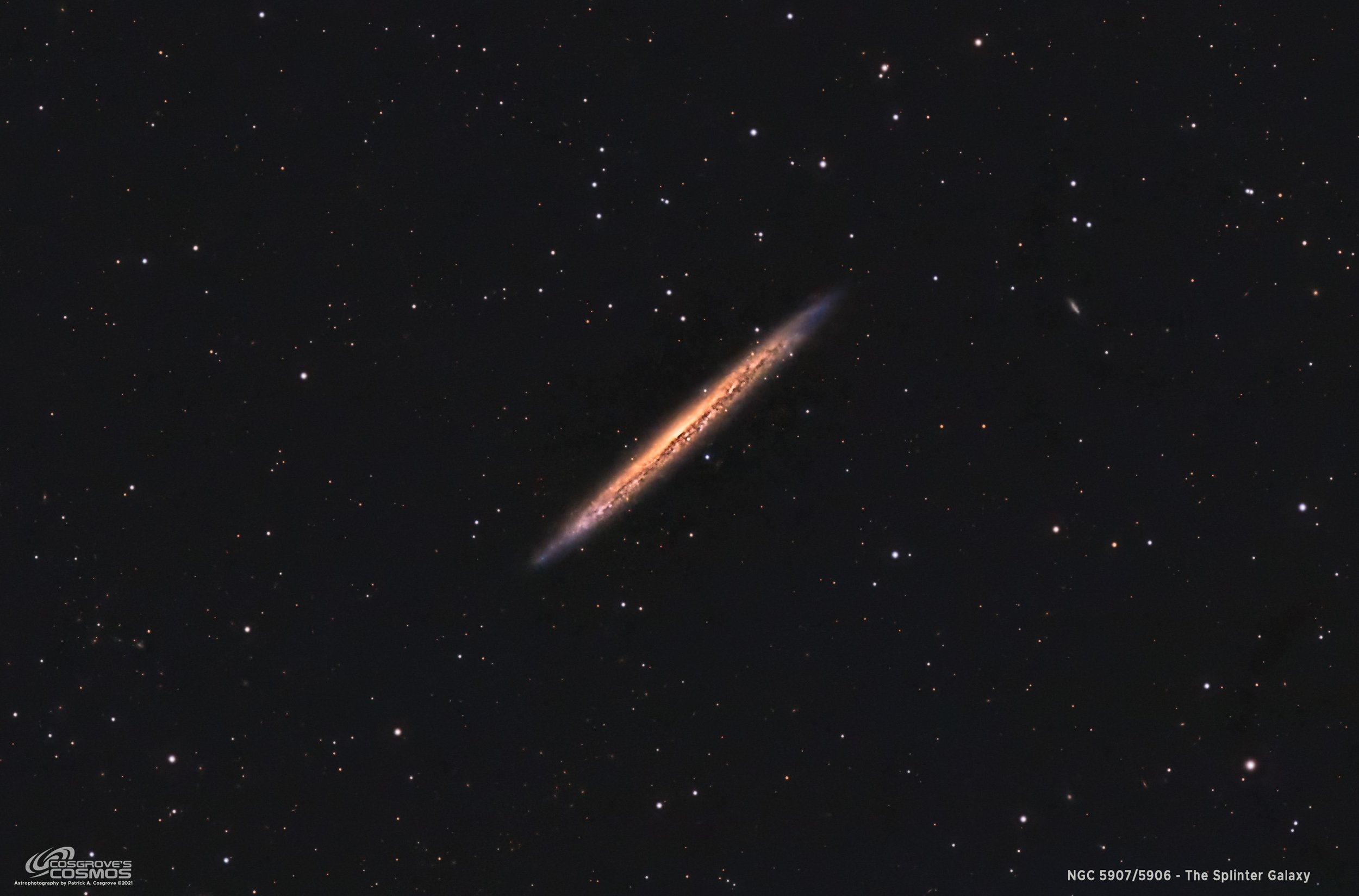
NGC 5907/5906 - The Splinter Galaxy - 8 hrs in LRGB
NGC 5907 -The Splinter Galaxy - is another example of an edge-on Spiral galaxy that displays significant dust lane detail across its middle. Its located 54.5 million Light years away in the constellation of Draco. This was shot with my Astro-Physics 130mm with the ASI2600MM-Pro camera. 8 hours of integration in LRGB. It was a real challenge to pull out the details from this very small galaxy.
